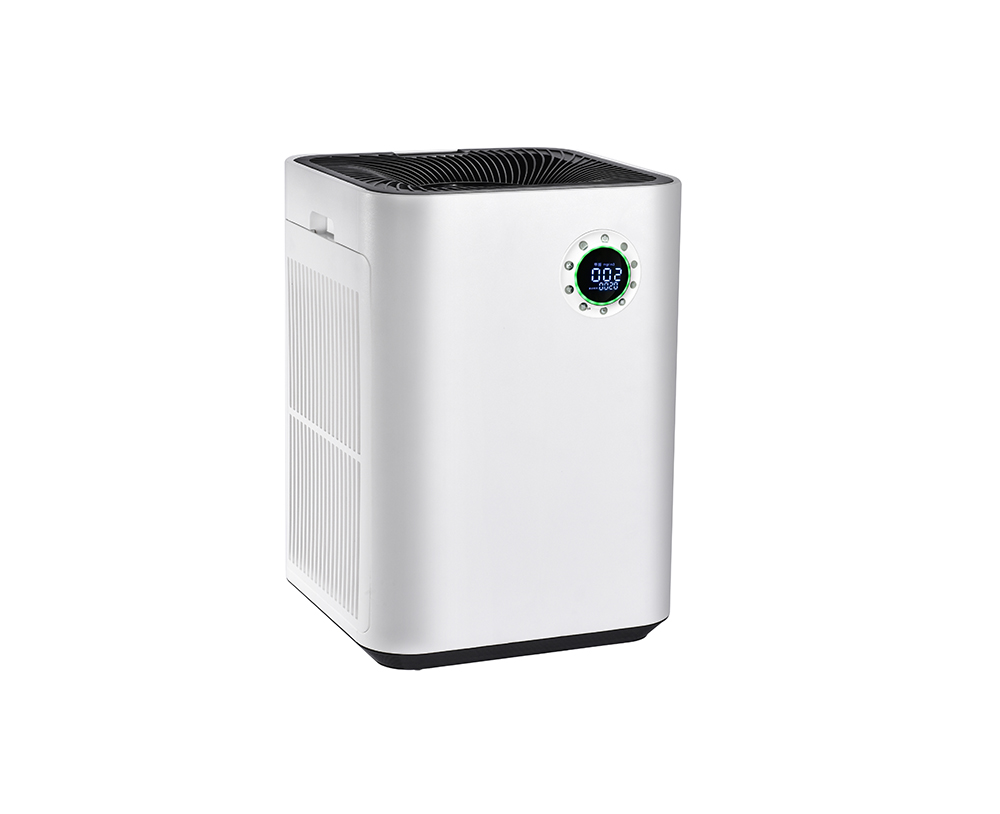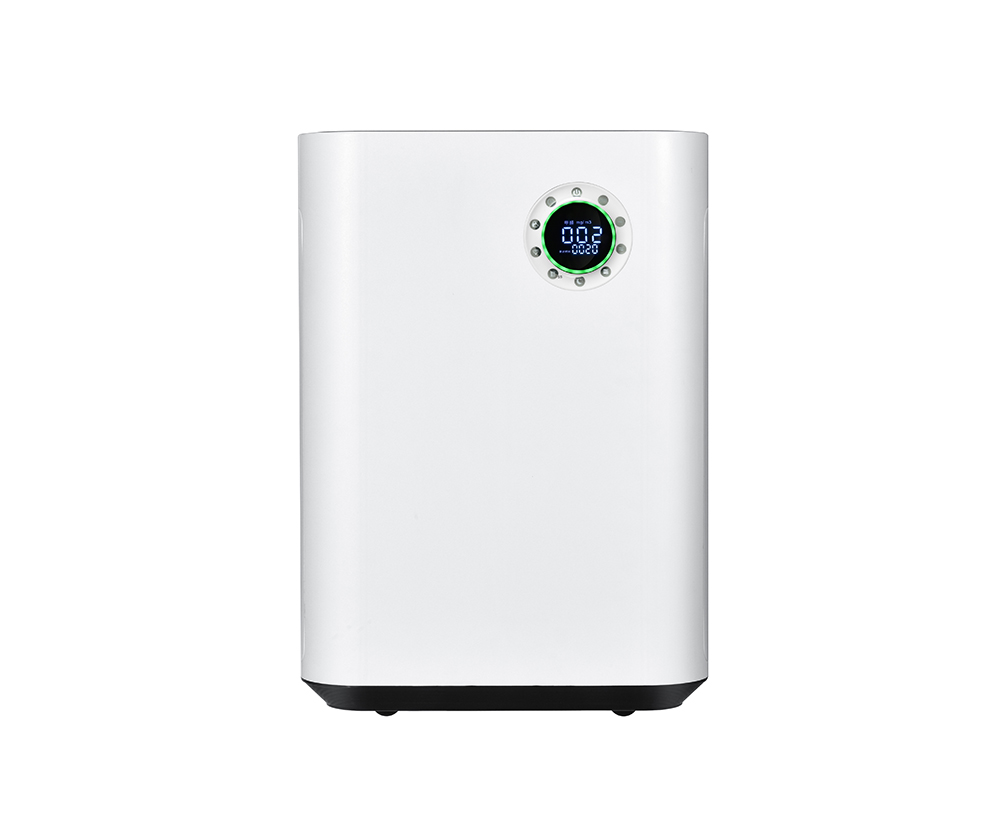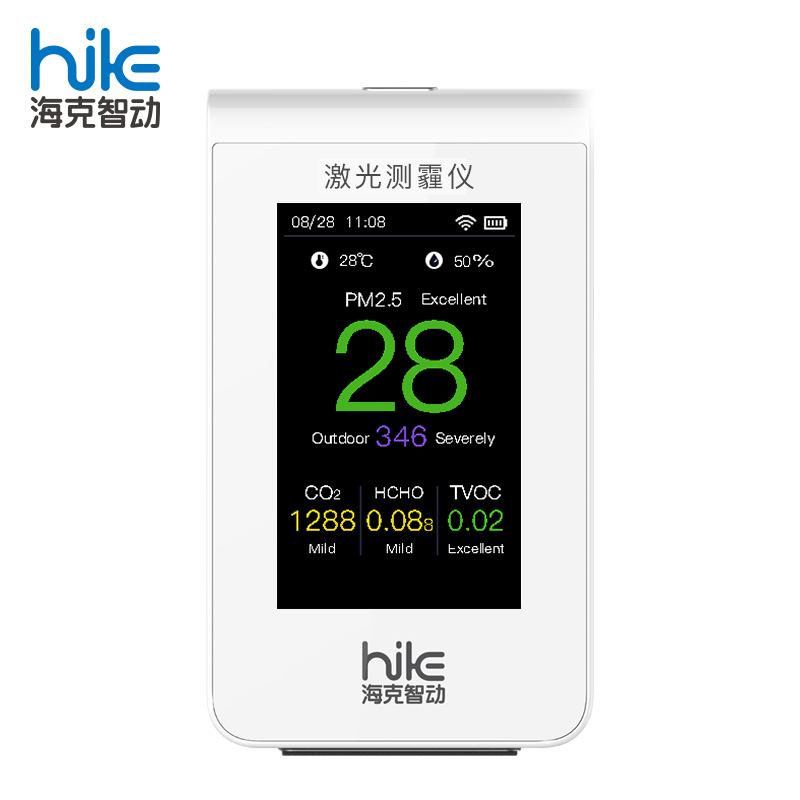With the continuous development of flexo printing, people have increasingly stringent requirements on the quality of flexographic products. How to improve the quality of printed products has become the most important issue plaguing the industry. In flexo printing, liners play a very important role, but different liners (double-sided adhesives) have different effects on the prints, which are briefly explained. The main features and classification of liners Liner is adhesive tape, its basic role is: firmly adhere the flexographic plate on the plate cylinder, so that they do not slide. According to the hardness of the liner, it can be roughly divided into three types: soft liner, neutral liner and rigid liner. The thickness of the liner should be consistent. The stable and uniform thickness facilitates the control of dot gain and guarantees a good printing effect. Generally, the thickness of the pad used for narrow-width flexo printing is 0.3 mm. In plate making, the thickness of the liner is a key factor to consider. The basic composition of the pad The liner is generally composed of an intermediate substrate layer, a double-sided adhesive layer, a single-sided or double-sided protective paper, and the like. As shown in Figure 1. 1. Substrate substrate is the main component of the thickness and performance of the liner. According to its material, it can be divided into film base material and foam type base material. The film-like substrate is generally a vinyl resin or a polyester and a paper, and has a good elasticity and a uniform texture and is used for a thinner flexible plate liner. Foam base materials are generally polyethylene, polyurethane foam. The base material determines the elasticity of the double-sided tape, the elasticity of the base material is too large, and the field printing is not ideal; the base material is too hard and the dot reproduction is not ideal. 2. The function of the gluing layer The gluing layer has two points, namely: firmly sticking the printing plate on the printing plate cylinder, and sticking the protection paper on the surface of the substrate. The adhesive used for the adhesive layer is divided into two types, rubber and acrylic. The viscosity of the gluing layer has a great influence on the service life of the double-sided adhesive. The viscosity of the gluing layer is low. When it is used for the second time, the plate material is not easy to stick; the viscosity is too high. It is easy to damage the double-sided adhesive surface when changing the version. 3. The function of the protective paper protection paper is to prevent the base material layer from being scratched, to prevent dust, and to prevent adhesion, which facilitates unwinding. Selection of liners From the analysis of compressibility, the soft liner has the highest compressibility, followed by the neutral liner, and the hard liner has the least compressibility. When choosing a liner, first consider the following two basic elements. 1. Printing materials Flexographic printing materials have a wide range of properties, from soft plastic film to rigid glass products, from the metal film to corrugated cardboard, etc., nothing less than the choice of liner must take into account the breadth of the printing materials. 2. Printing pattern features Different layouts should be used for different liners, and the field version is best for rigid liners. Cable version is best to use soft pads. If there are both solid and small lines or small dots in the printed pattern, use a neutral liner. Therefore, a reasonable choice of liners should be used in actual production according to different printing conditions and process requirements. As the liner hardness increases, the field density value gradually increases. This phenomenon occurs, our analysis is mainly due to the flexibility of the liner: In the printing process, the printing plate is given normal printing pressure. Under this pressure, the liner and the printing plate are deformed at the same time, but due to the good elasticity of the soft liner, the pressure on the printing plate is relatively small, so the ink on the printing plate does not completely transfer to the printing material, resulting in The printing density is small: while the hardness of the rigid liner is large, under the same other conditions, the pressure applied to the printing plate adhered with the rigid liner is greater than that of the printing plate pasted with the soft liner, so the ink The transfer is better; while the elasticity of the neutral liner is between the hard liner and the soft liner, so the density value of the printed field is also somewhere in between. Experiment 2 Relationship between Liner Hardness and Dot Spread Dot gain values ​​increase as the liner hardness increases. This is mainly due to the elasticity of the cushion. The elasticity of the soft liner is higher than that of the rigid liner. Under the same pressure, the amount of deformation of the soft liner is much larger than that of the rigid liner. Therefore, the amount of deformation of the printing plate adhered by the soft liner is smaller than that of the rigid liner. Because of the amount of deformation of the sticky plate, when the soft pad is used, the dot distortion is small, resulting in a relatively small dot gain value. To sum up, we can draw the conclusion that it is better to use hard liners when printing in the field. When printing small lines and dots, it is more appropriate to choose a soft liner, while a neutral liner can compensate for the lack of soft liners and rigid liners. All graphics and texts can be taken into consideration. In general, neutral liners are used more widely. In practical production, the liner utilization must also be considered when selecting the liner. The hard pad has a lower surface viscosity than the neutral pad, and the soft pad has the highest viscosity. When changing the plate, the hard pad has lower viscosity when it is reused, and the adhesiveness of the pad is poor. The soft pad has a very high viscosity. When the plate is unloaded, the middle layer of the pad is easily separated and cannot be used again; the neutral liner The pad can be reused several times. Therefore, from a savings point of view, the use of neutral liners is generally more affordable. Reprinted from: Printing Business
The Air Purifier
can remove the pollution of [formaldehyde, benzene, ammonia, TVOC" caused by
building decoration materials and indoor office furniture, and can not damage
the completed building decoration and decoration project, and will not affect
the normal use of the completed project. This product is suitable for living
room, kitchen, bathroom, pet room, restaurant, hotel room, shop, office building,
garage, etc.. Laser Smog Detector can be used to detect PM2.5, carbon dioxide
(CO2), formaldehyde, TVOC and other air quality. Parameters to provide an
accurate data base for a healthy indoor environment to better protect the
health of the family.
Size:36*38*55cm
Model:LD-800
Sale No. : SRLP-5533
Rated Voltage Frequency: 220-50Hz
Function: Remove the pollution of [formaldehyde, benzene, ammonia, TVOC"
Wind speed adjustment: High medium
low
Power(W): 89 63 34
Air Volume(m^3/min): 300m^3
Noise(dB[A]): 58 54 45
Power Cord Length:1.8 m
Weight: 11kg
Advantages
1. After using this air purifier, the air quality reaches the safety
standard in 24-48 hours.
2. "Patent formaldehyde purifier machine" filter life is
greater than 12 months.
3. It can exhaust a variety of toxic gases such as "formaldehyde,
benzene, ammonia, TVOC, PM2.5".
4. It can be applied in batches to mature products in decoration
projects, and has the only technical advantage in China.
Component : function keys, display screen, switch key, USB charging port,
temperature and humidity sensor and ventilation .
Product Size:66X115X52mm
Weight: 190g
USB Adapter: 5V/1A
Power battery capacity: 1800mAh
Power supply continuous working time: about 5 hours
Screen size: 3.2
Screen resolution: 240x400
FAQ
Q: Why can't the product boot normally?
Answer A: If the [power switch" is not turned on, please turn the [open
key" on the back of the product to the right to turn it on;
Answer B: The battery is exhausted. Please charge the product and restart
it.
Q: Why does configuring the network always fail?
Answer A: Wi-Fi password input error. Please be sure to enter the correct
Wi-Fi password;
Answer B: It is not in the [distribution mode". Please press and hold the
[function button" for 3 seconds to enter the distribution mode (the Wi-Fi icon
flashes in the distribution mode);
Answer C: The router signal band is 5 GHz. Please switch the router
signal band to 2.4 GHz and try again.
Q: Why is the detection value low?
A: It may be that the ventilation holes are blocked. Please make sure
that the ventilation holes on both sides of the product body are not obstructed
by obstacles.
Q: Why is the outdoor PM2.5 data not displayed?
A: If there is no network or the network is not available, please connect
the product to the available network for use.
Experiment 1 Relationship between Liner Hardness and Solid Density Value
1. Air Purifier


2. Laser Smog
Detector

Air Purifier And Laser Smog Detector
Air Purifier,Laser Smog Detector,Laser Smoke Detector,Home Air Purifier
Jinan Dark Intelligent Facilities Co.,Ltd , http://www.cndarkcvs.com